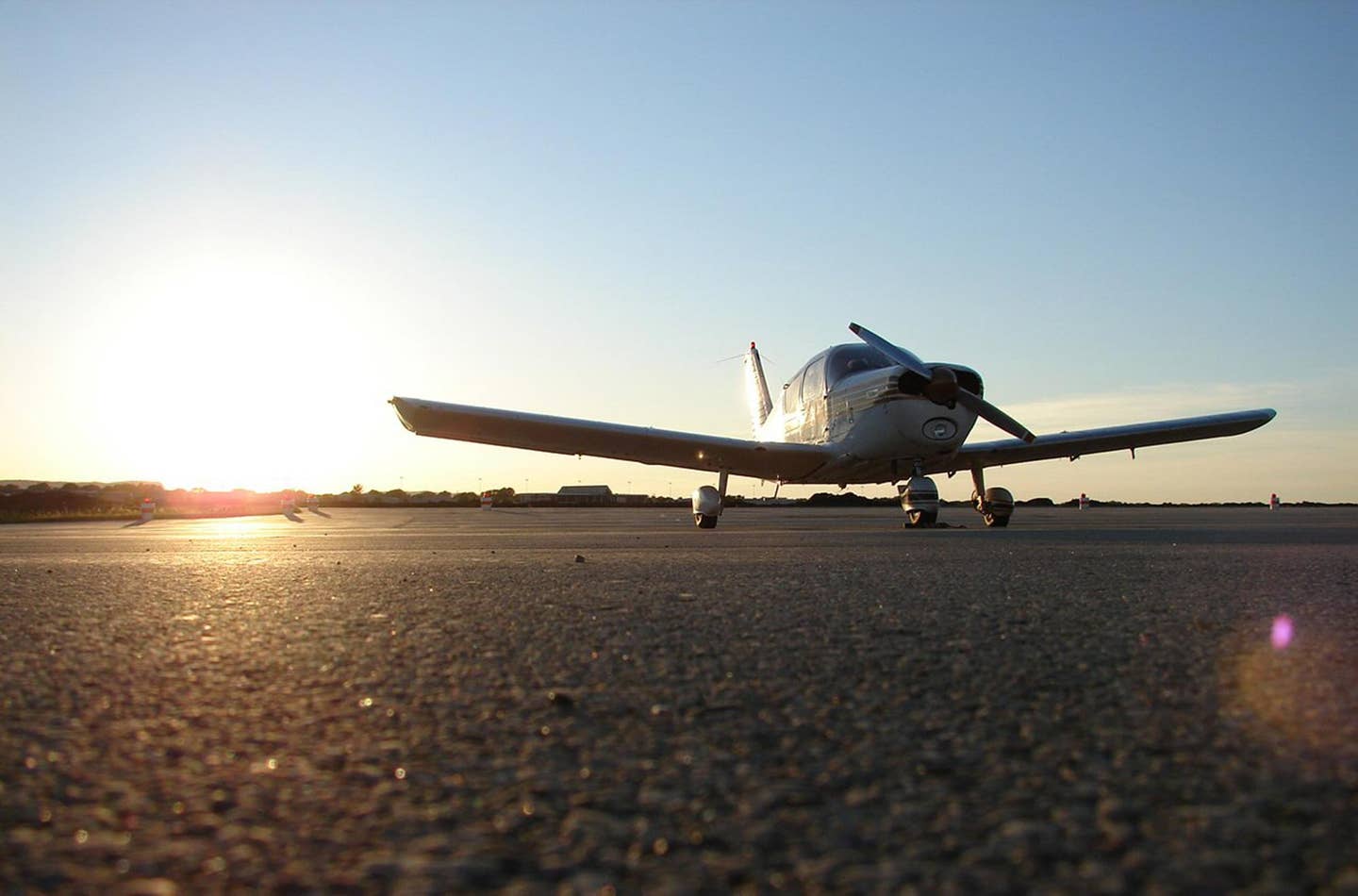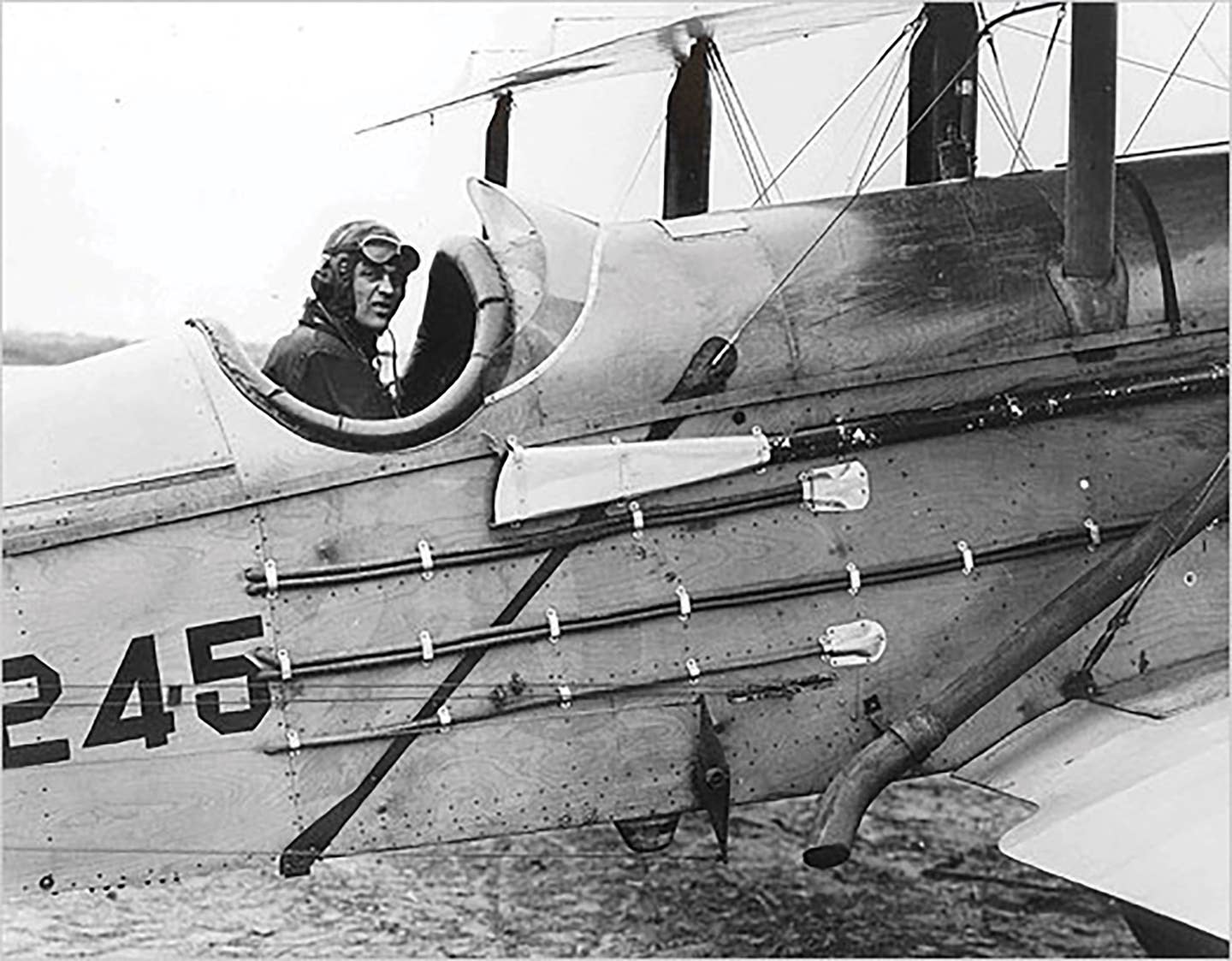Going Full Metal
Once the furor over Harmon’s abandonment of Al Mooney’s wood medium died down, sales of the new M20B Mark 21 took off. It was certified on Dec. 14, 1960, retaining…

Once the furor over Harmon's abandonment of Al Mooney's wood medium died down, sales of the new M20B Mark 21 took off. It was certified on Dec. 14, 1960, retaining the M20A's manual flaps but using a two-tank wet-wing fuel system of 48 gallons; gross weight remained at 2,450 pounds.
An improved M20C was certified on Oct. 20, 1961, bringing a manually pumped hydraulic flap system and a welcome 125-pound boost in gross weight. Fuel capacity was increased to 52 gallons in 1964 when flush gas caps replaced the recessed Thermos-style caps. In an attempt to broaden the product line into a simpler training-plane market, a fixed-gear M20D "Master" was approved on Oct. 15, 1962. The Master could be readily converted into a C-model if desired, and most of the 161 M20Ds built for the 1963 through 1965 model years are now M20Cs.
With the availability of Lycoming's 200-hp IO-360 engine, the hot-rod M20E "Super 21" (later called the Chapparal) was certified on Sept. 4, 1963, and a 10-inch-longer M20F "Executive" model was approved on July 25, 1965 (although not produced until 1967), using the same engine but with another 165 pounds of takeoff weight and an additional 12 gallons of fuel capacity. It was about this time that the original arched window shape was changed to a rectangular contour. Never one to leave a gap in the product line unfilled, Mooney brought out an M20G "Statesman," certified on Nov. 13, 1967, and matching the M20C's 180-hp carbureted engine with the M20F's lengthened fuselage.

Subscribe to Our Newsletter
Get the latest Plane & Pilot Magazine stories delivered directly to your inbox






